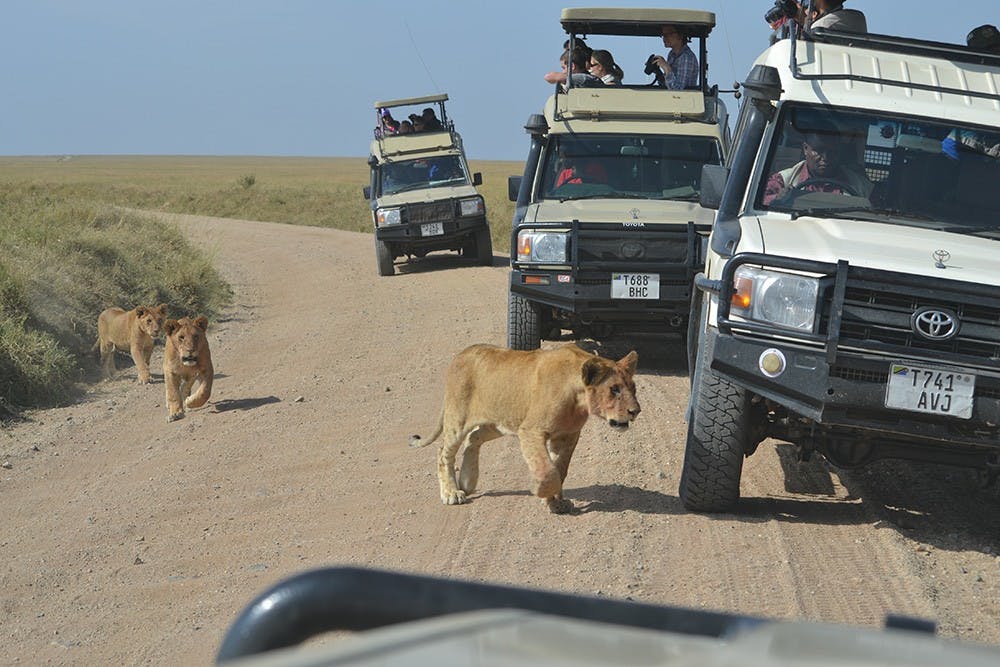They were working at the world’s most famous archaeological site.
The Geological Studies Department and the Stone Age Institute ran a six-week study abroad experience in Tanzania offering firsthand experience in the fundamentals of the specified fields of science.
Summer 2014 was the first time the program ran, bringing a total of 10 students to Africa. The course focuses on field observations, data recording and interpretation with the goal of understanding physical and biological processes of human ?evolution.
Jackson Njau, IU professor of geological sciences and one of the instructors in the field course, is originally from Tanzania and has devoted endless hours working on the particular site. Made famous by Louis Leakey, the father of archaeology, the site is set up as a field laboratory for studying anthropology and geology.
“It (the site) presents the larger picture of understanding human evolution and how early humans responded to geological changes in the environment,” Njau said.
The course is unique in relation to other archaeology field courses that only focus on excavation. This requires additional labor forces that tend to be very tedious and expensive. This particular course, however, focuses on the combination of geology and anthropology.
“A lot of this is something you can’t learn in the classroom,” said Ryan Yohler, a junior studying geology and a 2014 participant.
Participants have the opportunity to see the connection between geology and human evolution firsthand. They are fully emerged into Tanzanian culture as well, with an intensive Swahili language lecture prior to starting the program. Participants stay in glorified traditional African huts and eat Tanzanian food.
“We get an experience that we would never get as tourists,” said Amanda Whaling, a junior studying geology. “The cultural experience may not be promoted as much as the field work, but is present.”
More than a week of the program is devoted to off-site excursions including a two-day safari, a visit to national museums and common interactions with giraffes almost every day.
Participants have the opportunity to be less than two feet from a wild lion and wake up each morning to the screech of playful baboons.
A geology manual was recently written by IU professor and associate instructor in the field course, Jim Brophy, specifically for the program for students to have a resource to use when conducting this ground-breaking research.
“The sort of students we are looking for are not specialists,” Brophy said. “We are targeting students that are just beginning their education in the field.”
Brophy believes the best classroom is the field and this program allows this education to flourish, in result. Participants can see how every field of science ultimately came from geological context by actually seeing geological environment in the real world, rather than in a ?textbook.
Looking toward the future, Brophy and Njau hope to expand the program to 20 to 25 students and add some reformatting to the schedule to accommodate the interests and benefits of the participants.
Students from African universities are welcome to apply now, as well as students from IU and other American universities to add to the mixture of culture encompassed within the program.
“This is the only site where you have a good historical environment that you can see in the modern context,” Brophy said.
Applications for this upcoming summer are due April 15 to the Geological Studies department. All students that have taken an introductory class in geology, anthropology or archaeology are highly encouraged to apply.



